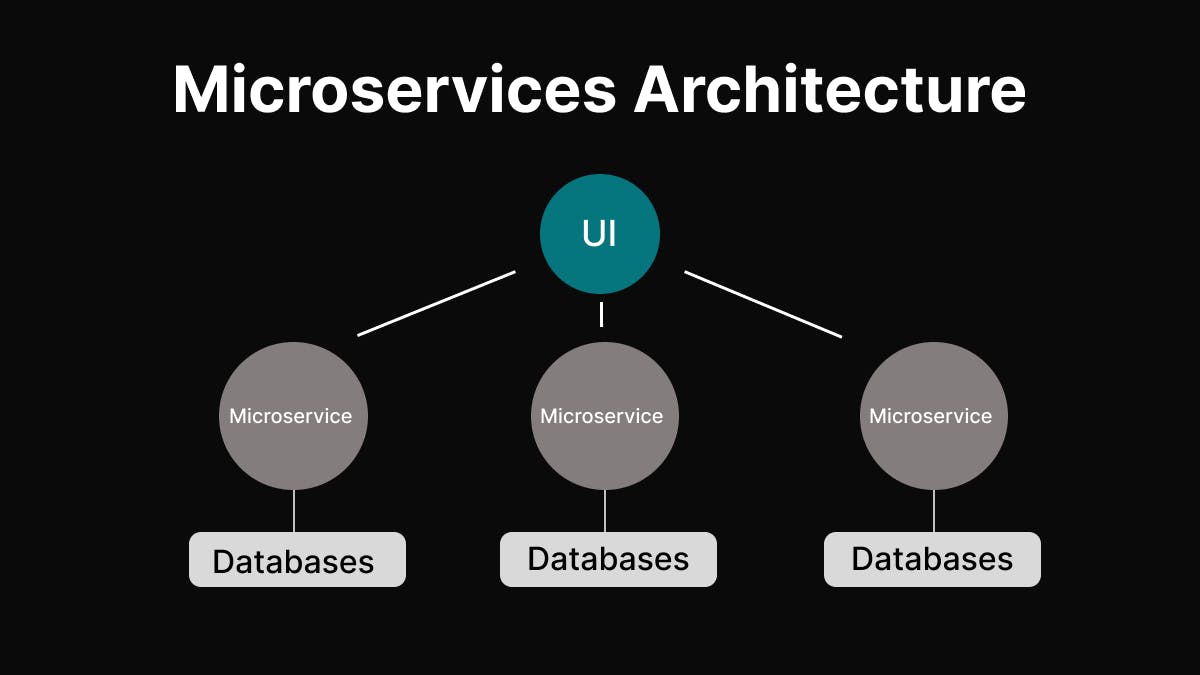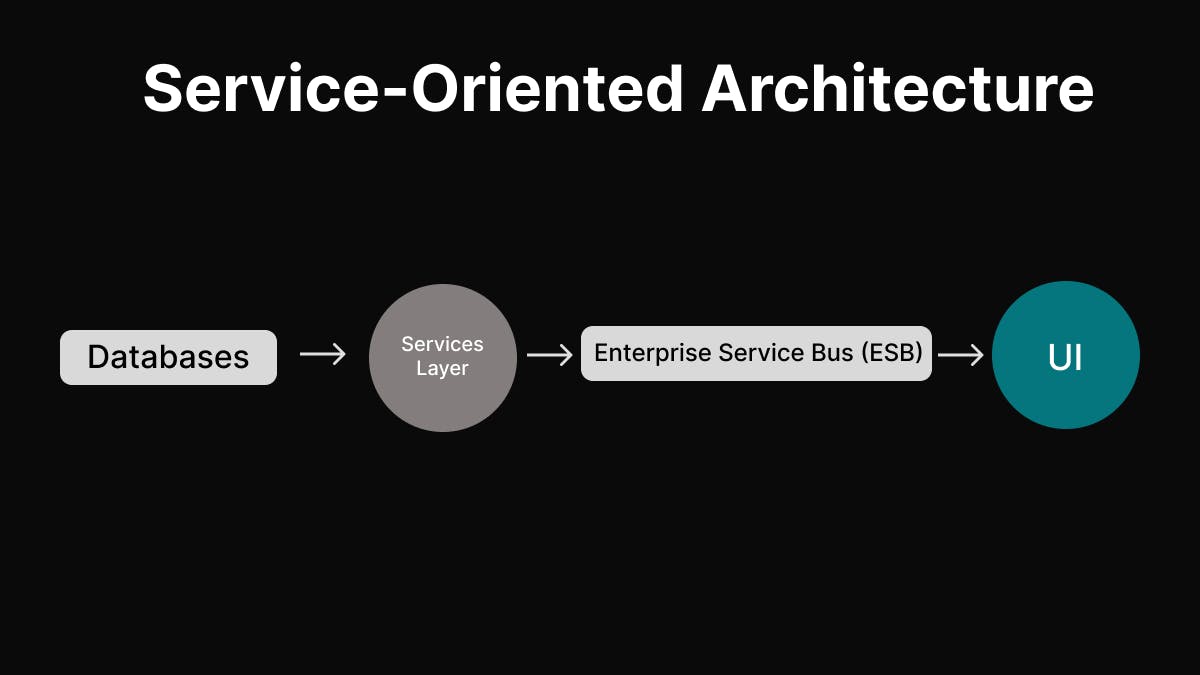In the world of web development, there are several different architectural patterns that are commonly used to design and build web applications. Each of these patterns has its own unique set of benefits and drawbacks, and choosing the right one for your project can be a complex decision.
In this article, we will discuss four of the most popular web architectural patterns: monolithic architecture, microservices architecture, service-oriented architecture (SOA), and serverless architecture. We will explain what each of these patterns is, how they differ from one another, and when you might want to use them for your own web application.
Monolithic Architecture

Monolithic architecture is the traditional approach to building web applications. In this pattern, all of the different components of the application – such as the user interface, the business logic, and the database – are bundled together into a single, large codebase.
One of the biggest advantages of monolithic architecture is that it is relatively simple to understand and work with. Because all of the different components of the application are bundled together, it is easy for developers to see how everything fits together and to make changes to the codebase as needed.
However, monolithic architecture also has some significant drawbacks. For example, because the codebase is so large and complex, it can be difficult to scale and maintain over time. Additionally, because all of the components are tightly coupled, changes to one part of the codebase can often have unintended consequences for other parts of the application.
Overall, monolithic architecture is best suited for small to medium-sized applications that are not expected to grow significantly over time.
Microservices Architecture

Microservices architecture is a more recent approach to building web applications. In this pattern, the application is divided into a collection of small, independent services, each of which is responsible for a specific aspect of the application's functionality.
One of the biggest advantages of microservices architecture is that it is highly scalable. Because each service is independent and can be deployed and scaled separately, it is easy to add new features or scale up existing ones without affecting the rest of the application. Additionally, because each service has a clear and well-defined responsibility, it is easy for developers to understand how the different parts of the application fit together.
However, microservices architecture also has some significant drawbacks. For example, because the application is divided into many different services, it can be more complex to manage and maintain than a monolithic application. Additionally, because the services are independent, it can be more difficult to ensure that they all work together seamlessly.
Overall, microservices architecture is best suited for large, complex applications that are expected to grow and evolve over time.
Service-Oriented Architecture (SOA)

Service-oriented architecture (SOA) is a pattern for building web applications that is similar to microservices architecture, but with a focus on building applications that are composed of reusable, interoperable services.
In SOA, each service is designed to be self-contained and to provide a specific function, such as retrieving data from a database or processing a payment. These services can then be combined to create complex, multi-faceted applications.
One of the biggest advantages of SOA is that it allows for the creation of highly modular, reusable services that can be easily combined and reused in different contexts. This makes it easier to build and maintain large, complex applications, and to make changes to the application without affecting the rest of the codebase.
However, SOA also has some drawbacks.
One of the biggest challenges with SOA is that it requires a significant amount of coordination and communication between the different services in order to ensure that they work together seamlessly. Additionally, because each service is designed to be independent, it can be difficult to ensure that the services are consistent and maintainable over time.
Overall, SOA is best suited for applications that require a high degree of modularity and reuse, and where there is a strong emphasis on interoperability and communication between different components of the application.
Serverless Architecture

Serverless architecture is a relatively new approach to building web applications that has gained popularity in recent years. In this pattern, the application is built using a collection of small, independent functions that are executed in response to specific events, such as a user uploading a file or requesting data from the application.
One of the biggest advantages of serverless architecture is that it allows for a high degree of scalability and flexibility. Because each function is executed independently and only runs when it is needed, it is easy to add new features or scale up existing ones without having to worry about managing the underlying infrastructure. Additionally, because the application is built using a collection of small, independent functions, it is easier to understand and maintain than a monolithic or microservices application.
However, serverless architecture also has some drawbacks. For example, because each function is executed independently, it can be more difficult to ensure that the different functions work together seamlessly. Additionally, because the application is built using a large number of small functions, it can be more complex to manage and maintain than a monolithic or microservices application.
Overall, serverless architecture is best suited for applications that require a high degree of scalability and flexibility, and where there is a need to quickly and easily add new features or scale up existing ones.
Conclusion
In conclusion, there are several different web architectural patterns that are commonly used to design and build web applications. Each of these patterns has its own unique set of benefits and drawbacks, and choosing the right one for your project will depend on a variety of factors, including the size and complexity of the application, the scalability and flexibility requirements, and the level of modularity and reuse desired.
Monolithic architecture is best suited for small to medium-sized applications that are not expected to grow significantly over time. Microservices architecture is best suited for large, complex applications that are expected to grow and evolve over time. SOA is best suited for applications that require a high degree of modularity and reuse, and where there is a strong emphasis on interoperability and communication between different components of the application. Finally, serverless architecture is best suited for applications that require a high degree of scalability and flexibility, and where there is a need to quickly and easily add new features or scale up existing ones.
